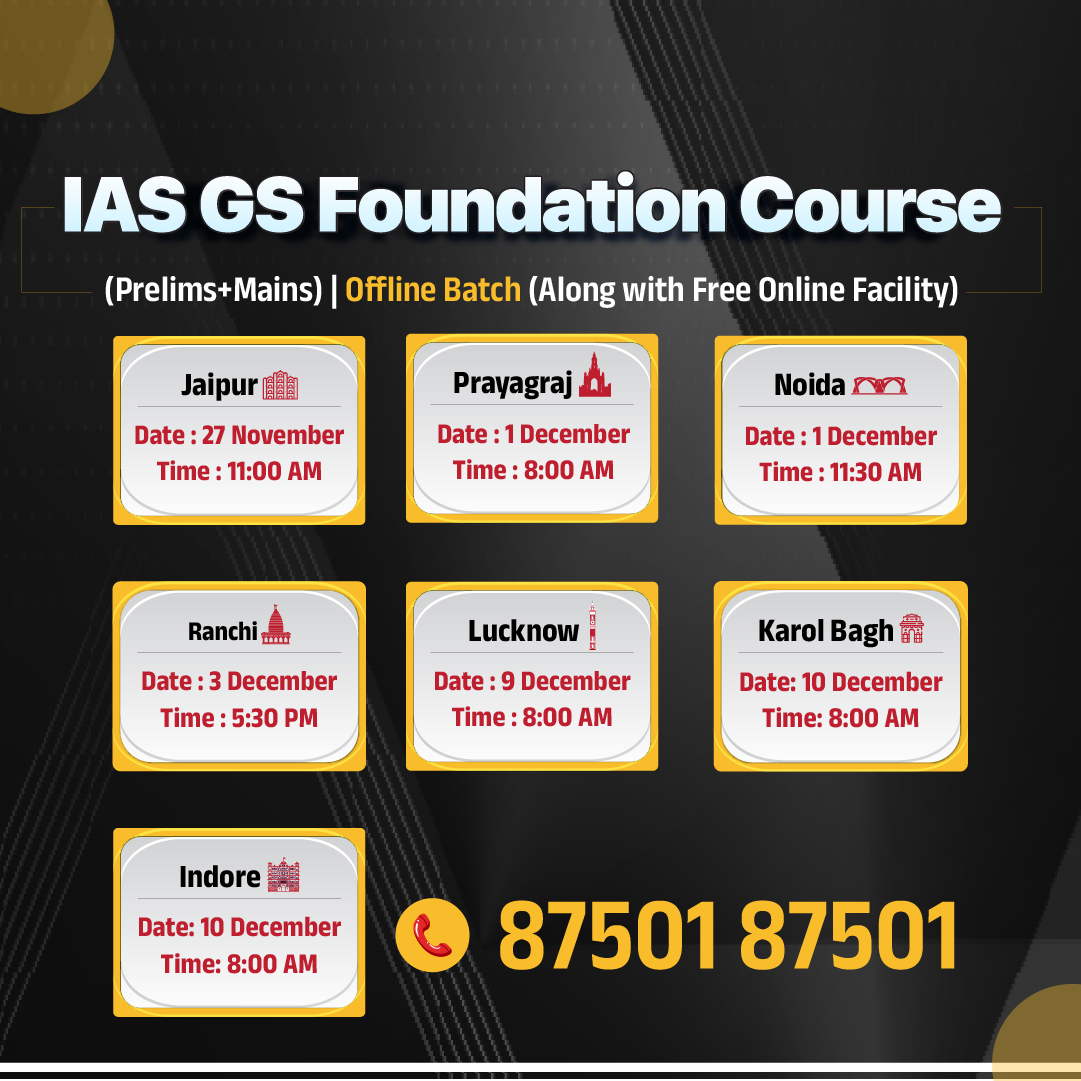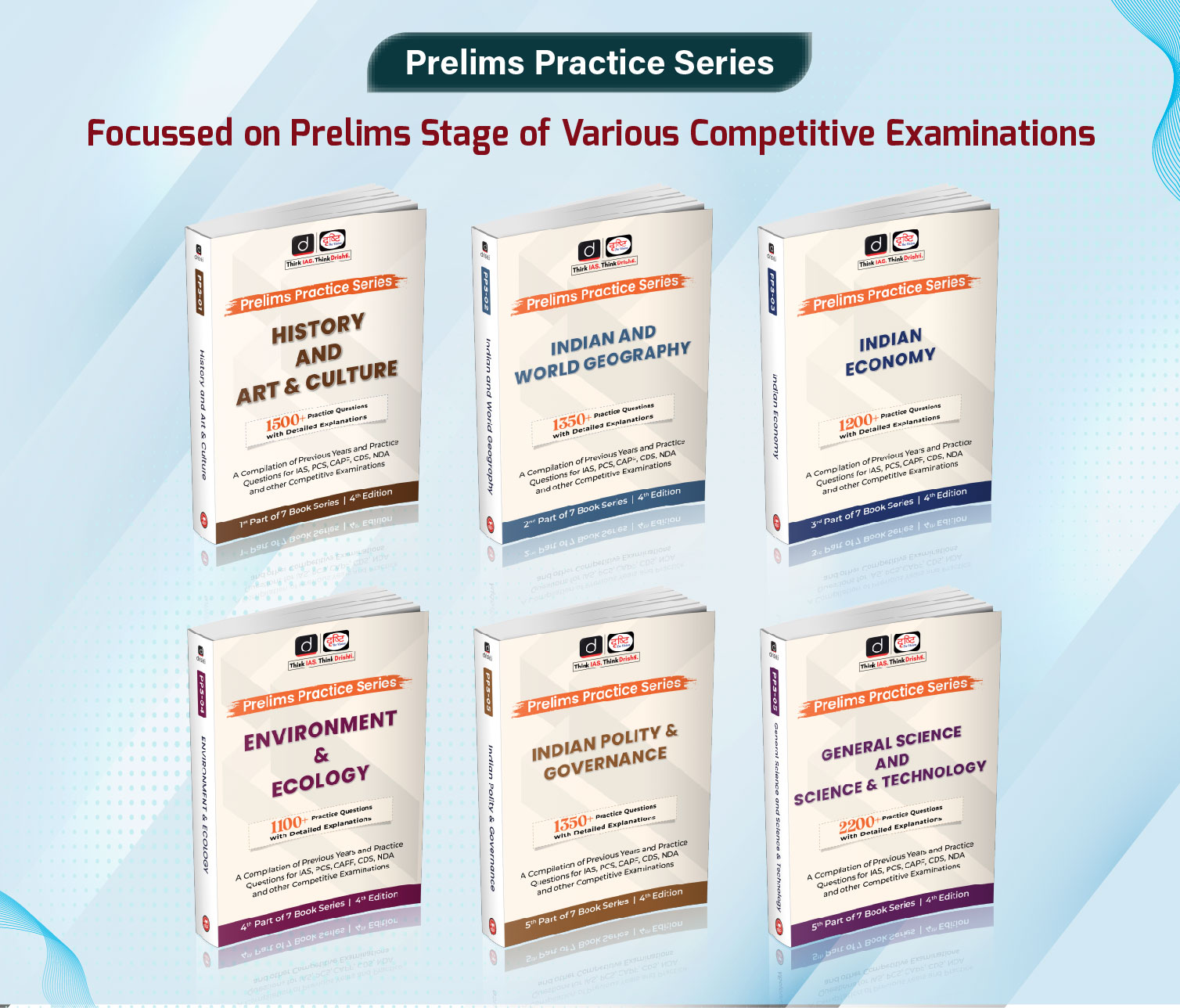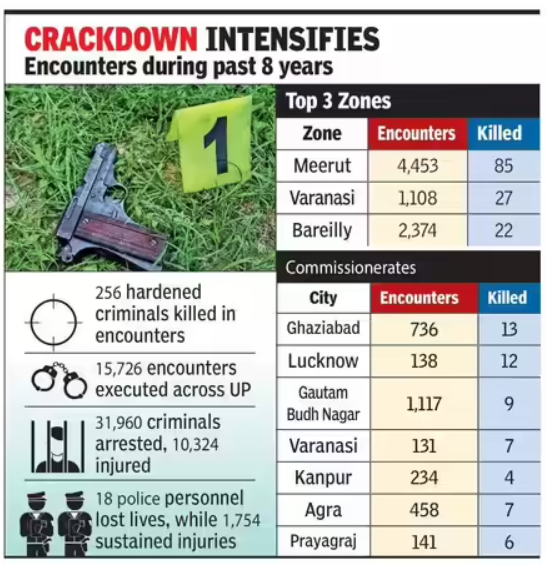Uttar Pradesh Switch to Hindi
Rate of Filaria Infection Goes Down in UP
Why in News?
The rate of filaria infection has fallen below 1% in 544 out of 782 affected blocks (about 70%) across 51 districts of Uttar Pradesh, marking a major milestone in the state’s drive against filariasis.
- Efforts continue in the remaining 238 blocks, with the state targeting complete elimination by 2027, while emphasising the need to strengthen monitoring, enhance inter-departmental coordination, and share field-level best practices across districts.
Key Facts About Filariasis
- About: Filariasis is a parasitic infection caused by microscopic, thread-like worms known as filariae. The bite of infected mosquitoes transmits it and affects millions of people in tropical and subtropical regions worldwide.
- Causes and Transmission:
- Lymphatic filariasis is caused by infection with parasites classified as nematodes (roundworms) of the family Filariodidea.
- There are 3 types of these thread-like filarial worms:
- Wuchereria bancrofti, which is responsible for 90% of the cases,
- Brugia malayi, which causes most of the remaining cases,
- Brugia timori, which also causes the disease.
- Symptoms: Lymphatic filariasis infection involves asymptomatic, acute, and chronic conditions.
- In chronic conditions, it leads to lymphoedema (tissue swelling) or elephantiasis (skin/tissue thickening) of limbs and hydrocele (scrotal swelling).
- Treatment: The World Health Organisation (WHO) recommends three drug treatments to accelerate the global elimination of lymphatic filariasis. The treatment, known as Triple Drug Therapy (IDA), involves a combination of ivermectin, diethylcarbamazine citrate and albendazole.
Uttar Pradesh Switch to Hindi
UP to Promote Cow Tourism
Why in News?
The Uttar Pradesh government has announced a plan to develop “cow tourism” in the state, aiming to make cow shelters (gaushalas) self-reliant and transform them into tourist attractions.
Key Points
- Objectives:
- Establish one ideal cow shelter in every district, designed as a model centre for tourism and a source of local income.
- Ensure the financial sustainability of gaushalas by promoting the commercial use of cow-based products like dung, urine, milk, and ghee, with officials instructed to develop district-level plans for effective utilisation of these resources.
- Engage women self-help groups (SHGs) in producing and marketing cow dung-based and eco-friendly products at the local level.
- Initiatives:
- The government will launch a Diwali campaign to promote lamps and decorative items made from cow dung, supporting eco-friendly celebrations.
- These products will be promoted under the ‘Vocal for Local’ initiative, encouraging citizens to adopt sustainable and indigenous products.
- Impact:
- Address the challenge of stray cattle management by improving the economic viability of cow shelters.
- Create employment and entrepreneurship opportunities through cow-based industries.
- Strengthen cow protection efforts while promoting eco-conscious tourism and rural development.
Uttar Pradesh Switch to Hindi
256 Criminals Killed in UP Encounters
Why in News?
Under the Mission Shakti 5.0 initiative, the Uttar Pradesh Police has intensified its crackdown on crime, neutralising or arresting several notorious criminals in multiple encounters over the past 20 days.
Key Points
- About: Mission Shakti 5.0 focuses on ensuring women’s safety, law and order, and strengthening public confidence in the police. It continues the government’s zero-tolerance policy towards crime and criminals.
- Law and Order Record (2017–2025): Since 2017, UP Police have conducted 15,726 encounters, resulting in:
- 256 hardened criminals killed
- 31,960 arrested and 10,324 injured
- 18 police personnel martyred and 1,754 injured
- Zone-Wise Data:
- Meerut Zone: 4,453 encounters, 8,312 arrests, 85 killed, 3,131 injured (2 police martyred, 461 injured).
- Varanasi Zone: 1,108 encounters, 2,128 arrests, 27 killed, 688 injured.
- Agra Zone: 2,374 encounters, 5,631 arrests, 22 killed, 816 injured.
- Lucknow Zone: 846 encounters, 17 criminals killed.
- Prayagraj Zone: 572 encounters, 10 criminals killed.
- Additional Measures:
- Gangster Act, National Security Act (NSA), and property seizure laws invoked against organised crime syndicates.
- Continuous operations aim to dismantle criminal networks and block financial resources of mafias.
- The doctrine — “A criminal will either be in jail or out of the state” — guides the government’s approach.
- Impact:
- The sustained campaign has significantly reduced crime rates and enhanced the perception of safety in the state.
- It has restored public confidence in law enforcement and reinforced UP’s image as a safe and fear-free state.
Guidelines Related to Police Encounters in India
- Supreme Court Guidelines (2014): In People’s Union for Civil Liberties v. State of Maharashtra (2014), the Supreme Court issued detailed guidelines to ensure accountability and transparency in police encounters resulting in death.
- The Court made it mandatory to register a First Information Report (FIR) in all cases of encounter deaths and to conduct a magisterial inquiry, ensuring due legal process.
- The next of kin of the deceased must be involved during the inquiry process to maintain fairness and transparency.
- The investigation should be carried out by an independent agency, such as the Criminal Investigation Department (CID), to ensure impartiality and prevent conflict of interest.
- NHRC Guidelines (1997 & 2010):
- 1997: NHRC directed registration of encounter death cases, independent investigation by the State CID, and compensation to dependents if police are found guilty.
- 2010 (Amendment): Made it mandatory to report encounter deaths to the NHRC within 48 hours and to submit a detailed follow-up report within three months, including the post-mortem, inquest, and inquiry findings.
Uttar Pradesh Switch to Hindi
UP Got 4,000 New Factories in 2024-25
Why in News?
Uttar Pradesh has achieved significant progress in industrial development, with 4,000 new factories established during 2024–25. With this addition, the total number of operational factories in the state has surpassed 27,000.
Key Points
- The newly established industrial units cover a diverse range of sectors, including electronics, textiles, food processing, defence manufacturing, automobiles, chemicals, and renewable energy.
- Industrial investments are now expanding beyond traditional hubs like Noida, Greater Noida, and Lucknow, reaching emerging cities such as Bareilly, Kanpur, Jhansi, Gorakhpur, Azamgarh, and Prayagraj.
- These industrial units collectively employ over 12.8 lakh workers, accounting for 8.3% of India’s total industrial workforce.
- According to the Annual Survey of Industries (2023–24), Uttar Pradesh now ranks fourth among India’s top 15 industrial states.
Invest UP
- About: Invest UP, formerly known as Udyog Bandhu, is the investment promotion and facilitation agency of the Government of Uttar Pradesh.
- It is dedicated to attracting new investments and resolving issues faced by existing and upcoming industries in the state.
- Mission: As state’s Investment Promotion and Facilitation Agency, Invest UP aims at attracting investment in the state through proactive contribution in policy formulation for rapid development of industries and infrastructure in the State.
- The organization facilitates the resolution of problems of prospective and existing entrepreneurs by providing them the advisory services.
Key Investments in UP
- Electronics: Rs 3,700 crore HCL–Foxconn OSAT investment marks a milestone in the state’s semiconductor ambitions.
- Textiles: UP is strengthening its textile value chain through PM MITRA Mega Textile Park and mini parks focused on synthetic, defence, and medical textiles.
- Electric Vehicles (EVs): Under the EV Policy 2023, UP targets 36 Gigawatt hours (GWh) battery production capacity by 2028.
- Digital Infrastructure: Noida–Greater Noida is emerging as India’s leading data centre hub, with plans to develop an integrated AI City.
Uttar Pradesh Switch to Hindi
UP to Frame Digital Agriculture Policy
Why in News?
During the review of the Uttar Pradesh Agriculture Growth and Rural Enterprise Ecosystem Strengthening Project (UP-Agrees), the Chief Minister directed officials to formulate a Digital Agriculture Policy aligned with national technical standards to ensure a secure and robust cyber infrastructure.
- Emphasizing the vision of “From Agriculture to Industry,” he also highlighted the importance of value addition, processing, and local employment generation.
Key Points
- About: The proposed Digital Agriculture System will provide real-time, integrated access to data on crops, weather, seeds, irrigation, fertilizers, insurance, markets, logistics, and institutional services, thereby promoting innovation-driven research and data-based decision-making in the agriculture sector.
- The Chief Minister directed that, under the coordination of the Uttar Pradesh Diversified Agriculture Support Project (UP DASP), the initiative be implemented in partnership with agricultural universities, Krishi Vigyan Kendras (KVKs), and Farmer Producer Organisations (FPOs).
- UP DASP: The Rs 4,000-crore (US$500 million) World Bank-supported project is being implemented over six years across 28 districts in eastern Uttar Pradesh and Bundelkhand. The project focuses on:
- Promoting sustainable agricultural growth aligned with changing climatic conditions.
- Strengthening market linkages and resource optimisation.
- Enhancing productivity and supporting the development of agro-based industries.
- Productivity Enhancement Initiatives: Under the productivity enhancement programme, emphasis is being placed on:
- Land development and water conservation.
- Soil health improvement and adoption of modern, technology-based agricultural practices.
- Connecting small and marginal farmers with technical support, training, and marketing facilities.
- Commodity Cluster Development: Clusters are being developed for-
- Peanut clusters in Bundelkhand.
- Red chili and vegetable clusters in Varanasi.
- Banana clusters between Barabanki and Azamgarh.
- Fisheries Sector Development: Comprehensive measures are being implemented under the cluster approach to:
- Enhance fish production and productivity.
- Ensure quality seed supply and adoption of modern technologies.
- Strengthen management from production to marketing.
- The project aims to develop around 90,000 hectares for fish farming, benefiting nearly one lakh families.
- Agricultural Finance: The Chief Minister emphasized the need to strengthen the agricultural financial system by:
- Expanding credit facilities for small and marginal farmers and agro-based micro and small enterprises.
- Establishing robust risk-management mechanisms.
- Encouraging private investment in the agriculture sector.
National Current Affairs Switch to Hindi
Defence Minister Releases Book on Future-Ready Armed Forces
Why in News?
On 14th October 2025, Defence Minister Shri Rajnath Singh released a book titled “Ready, Relevant and Resurgent II: Shaping a Future Ready Force”, authored by Chief of Defence Staff General Anil Chauhan.
Key Points
- The book presents a comprehensive and forward-looking blueprint for shaping India’s Armed Forces to meet the challenges of the future.
- It provides an in-depth analysis of the evolving nature of warfare, tracing the evolution of conflict and examining emerging domains such as cyberspace, space-enabled operations, and cognitive warfare—highlighting their increasing significance for the Indian Armed Forces.
- Emphasizing the importance of strong military leadership and institutional resilience, the author envisions a bold reimagination of India’s military future—one that draws from historical insight, harnesses technological innovation, and is anchored in the vision of a ready, reliable, and resurgent India.
Chief of Defence Staff
- The post of Chief of Defence Staff (CDS) was created in 2019. The CDS acts as the Principal Military Adviser to the Defence Minister on all tri-services matters.
- As the Permanent Chairman of the Chiefs of Staff Committee, the CDS is supported by the Headquarters of the Integrated Defence Staff in performing assigned functions.
- The Department of Military Affairs is headed by the Chief of Defence Staff, who holds the rank of a four-star General, with salary and perquisites at par with a Service Chief.

.gif)

.png)
















.png)


.jpg)



 PCS Parikshan
PCS Parikshan


